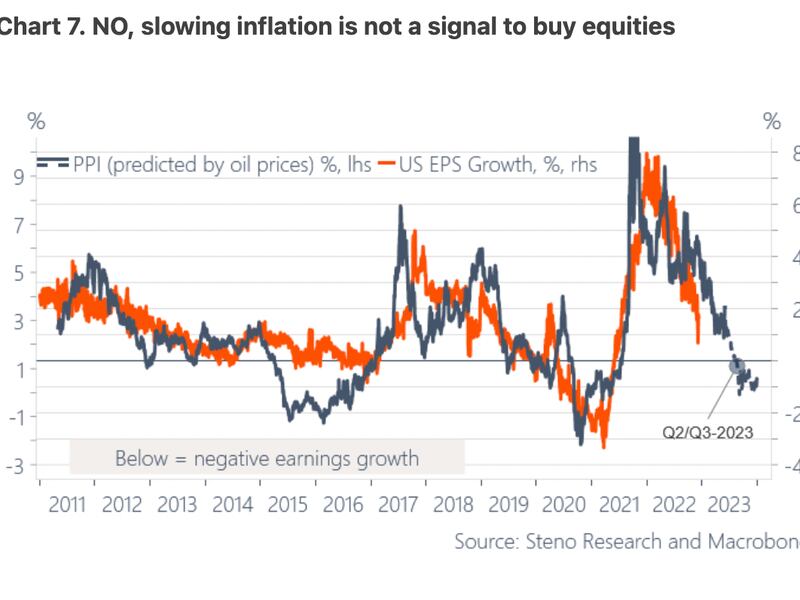As Bitcoin, Stocks Cheer US Inflation Slowdown, One Macro Expert Calls for Caution

While bitcoin and stocks are cheering Tuesday's softer-than-expected U.S. consumer price index (CPI) print, one expert suggests slowing inflation is not a reason to buy risk assets.
The CPI was 7.1% on an annual basis in November, slower than a Refinitiv consensus estimate of 7.3% and down from October's 7.7% reading. Core inflation, which strips the volatile food and energy components, dropped to 6.0% from 6.3% the month before.
The data, which strengthen expectations for a slowdown in the Federal Reserve's interest-rate increase path and a pivot to liquidity easing in second-half 2023, lifted risk assets. Bitcoin jumped over 3% to $18,000 following the CPI release, the highest since Nov. 10, CoinDesk data show. The S&P 500 gained 0.7%, while the dollar index dropped to a six-month low.
Optimism stemming from an assumption that once the Fed turns dovish, institutions will again have access to cheaper money may be premature, however. Slower inflation often portends a decline in earnings per share (EPS), a barometer of corporate profitability. And that usually weighs on stocks and zaps overall risk appetite in financial markets. Bitcoin has moved in lockstep with equities since last year.
"Those who find a lower inflation print a good opportunity to buy risk assets should look away now," Andreas Steno Larsen, founder and CEO of Steno Research, noted in the inflation review published Tuesday. "Remember that the PPI (and the CPI, for that matter) is a leading indicator for EPS ... And if we allow the oil future to predict PPI, then we are in for negative EPS growth already during Q2/Q3-2023."
The PPI or producer price index measures the average movements of prices received by domestic producers for goods and services sold on the domestic or international market. The U.S. PPI follows oil price movements closely and serves as a leading indicator for CPI.
"This is NOT priced into expectations for equities. A revisit of the 3500-3600 should be on the cards for S&P 500," Larsen said. The benchmark U.S. stock index closed at 4019.65 on Tuesday.

The chart shows PPI will likely turn negative in the second quarter of next year. The projection is based on the price of oil futures.
Historically, EPS growth has closely tracked the PPI, meaning corporate profitability could take a hit in the second quarter, putting downward pressure on risk assets.








